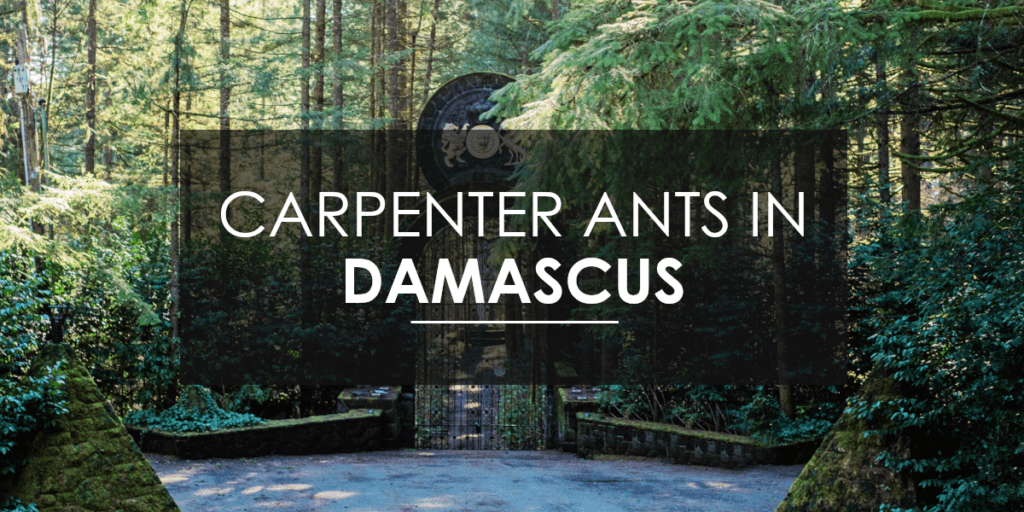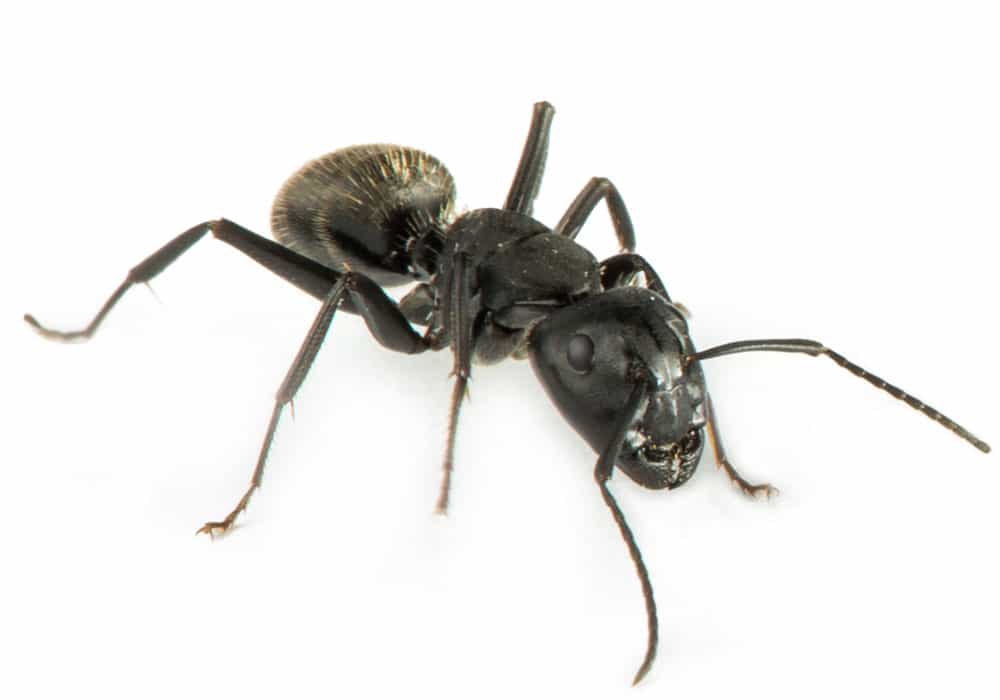If you’re like many of the clients we’ve worked with over the years, you’ve most likely found yourself in a pest situation when you have the least amount of time and attention to deal with it.
How many times have you either hosted or attended a backyard event that’s suddenly been overrun with pests like flies, wasps, hornets, yellow jackets, or other annoying (and sometimes even dangerous!) insects? It’s pretty common, right? And while many might have your standard off-the-shelf sprays to treat these stinging creatures, what seems helpful in the moment won’t provide a long-term solution to the issue and might actually antagonize them.
So what do you do about stinging insects like paper wasps, hornets, and yellow jackets? Our advice to all who will listen — contact professional pest control services in order to exterminate these pests safely and effectively.
How Aspen Pest Control Treats Stinging Insects In West Linn
Our services always start with a thorough inspection. Our team of stinging insect experts has years of experience in the location, eradication, and management of paper wasp, hornet, and yellow jacket colonies.
Many of these stinging insects prefer to build their nests on the eaves of homes or other outbuildings, under covered porches, and sometimes even on overhead piping. Their goal is to find a place that is vertical, secure, and that provides shelter from potentially harmful predators and weather conditions. Still other stinging insects, like yellow jackets, will build their nests in even less conspicuous places, such as abandoned animal dens, in hollow logs, and deep in shrubbery.
This means that in order to truly treat these pests effectively, you need the confidence that your pest control team has the experience, equipment, and determination to get the job done for you in the right way.
Once we’ve been able to locate the sources of your wasp, hornet, or yellow jacket infestation, we’ll provide you with hassle-free recommendations on how the Aspen team can most thoroughly and effectively rid your home and property of stinging insects. The vast majority of our new customers — over 90% — choose our Home Protection Plan package because it is a thorough, year-round approach to pest control. We eradicate the pests you have now and will come back once per quarter in order to deal with any pests you have and provide preventative services that will diminish future infestations from occurring. The best part? Should any pests come back between your regularly scheduled service appointments, we’ll come back free-of-charge for as many times as it takes in order to keep your home pest-free!
The next step is the application of appropriate products and complementary nest-removal from eaves up to the second story. Often we find that many pests come to your home because there are resources there that they desire, be they food, water, or shelter. Standing water is very attractive to pests. If your property features this, then we highly recommend you remove it. We’re happy to review those harder to see places like crawlspaces and attics to provide you with a thorough inspection.
Other factors, such as flowering plants, other pests that more dominant pests consume as food, and attractives areas for nest-building are reasons many pests, including stinging insects will choose your yard and home for infestation. When we apply products for stinging insects like paper wasps, hornets, and yellow jackets, we also treat the other insects that are attracting them there in the first place.
By removing these vital items — their sources of food, water, and shelter — you are drastically decreasing the attractiveness of your home. Repeated application of these techniques better ensure our ability to break the cycle of these pests and increases the likelihood that they’ll move on to areas more attractive for building their colonies, meaning you can go back to enjoying the things you love with the people you care about most in a far more stress-free environment. 100% service satisfaction guaranteed. That’s our commitment to you and everyone we serve in the West Linn area — and beyond.
More to know about paper wasps
Paper wasps are stinging insects that are incredibly common in the Pacific Northwest. At one-half to one-and-a-half inches in length, these flying pests can be identified by their distinctive brown-to-black and yellow markings that can be found on their heads, thoraxes and alternating stripes on their abdomens.
Their diet consists of plant nectar and pollen, as well as certain smaller insects. The name “paper wasp” is derived from the way in which they construct their nests. Paper wasps have the unique ability to create a special building material, similar in consistency to birch bark or papier mâché, by combining their saliva with plant matter and wood fiber (preferably from dead wood).
A paper wasp colony consists of three core elements: a queen, who is solely responsible for laying eggs in order to grow the size of the colony; workers, an all-female group of paper wasps who have the widest range of responsibilities in the colony; and the drone, who are all-male and serve the sole purpose of mating with the queen. The female workers devote their lives to constructing, maintaining, and protecting the nest. If you’ve been stung by a paper wasp, odds are it’s a worker who is responsible because they feel you have threatened the nest in some way. Additionally, these workers find food for the colony, bringing back nourishment to the queen and to the larvae in the nest. Males, or the drones represent the smallest number of wasps in the colony. Once they have fulfilled their duties of mating, they die shortly thereafter.
More to know about hornets
Between paper wasps, hornets, and yellow jackets, hornets are the largest in size. Hornets can be very similar in appearance to the paper wasp, but there are greater color variations. Hornets are particularly fond of tree sap, nectar, and pollen, as well as other smaller flying insects. While they do play a role in pollination, they can also act aggressively if they perceive their nest to be threatened.
Our approach to treating hornets is very similar to paper wasps. They’re a seasonal creature who will be most active in the spring and summer months. Removing other food source pests, treating the hornets, and removing the nest is crucial to their extermination.
More to know about yellow jackets
Yellow jackets are far and away the most aggressive of the three stinging insects we’re discussing today. These are the insects you’re mostly likely to see swarming a garbage can or around food or drinks at outdoor gatherings. Because the larvae enjoy meat proteins, it is common to see workers near meat at barbecues.
Even if you haven’t taken action that other insects might perceive as aggressive or threatening to the nest, yellow jackets are prone to taking offensive measures with people and other animals. To complicate matters further, yellow jackets build their nests in harder to find areas like deep in bushes or shrubs, in hollow logs, and in abandoned animal dens.
What’s more, they have the ability to repeatedly sting their victims, causing a very sharp, uncomfortable injury that can manifest in serious allergic reactions in some people. Please seek medical attention immediately if you or a loved one is showing any allergic reactions of symptoms associated with anaphylactic shock, like swelling, fever, nausea, or shortness of breath.
Use extreme caution around yellow jackets. We do not recommend DIY extermination or nest removal. Professional assistance will always be the safest, most effective option in this regard.
It’s time to rid your West Linn home of stinging insects!
Call Aspen Pest Control today for your free consultation.







